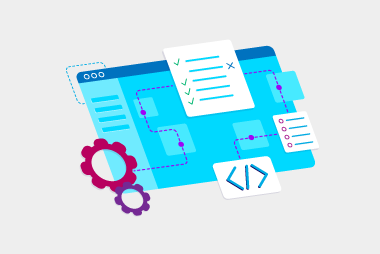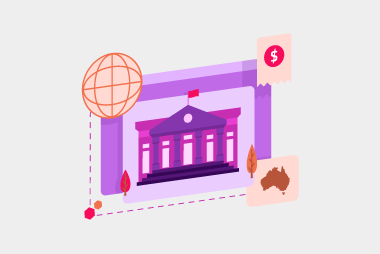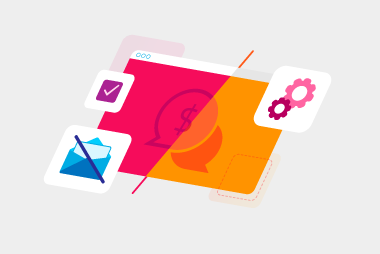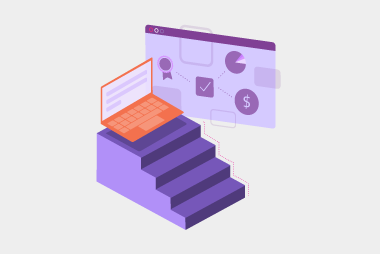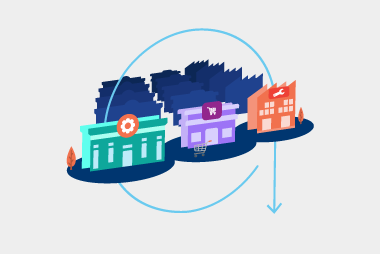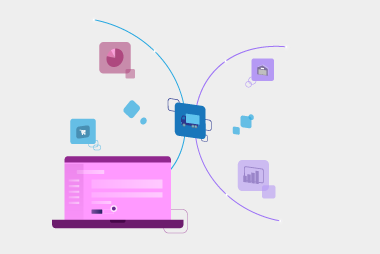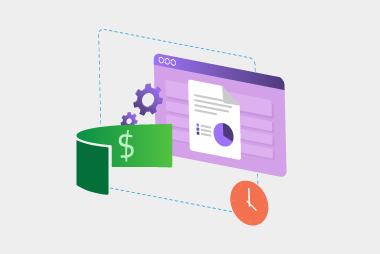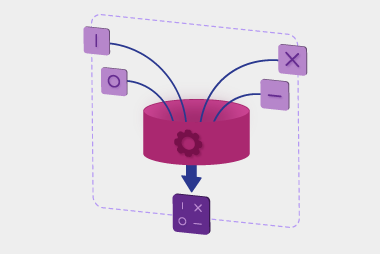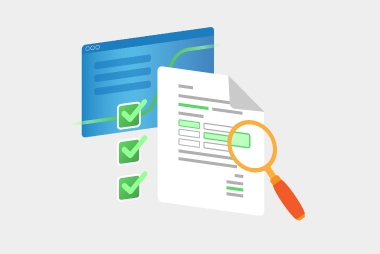Establish clear procedures
It’s important to have clear contact point for your trading partners to get in touch with you about EDI-related issues they may have. The last thing you want is a colleague who knows little or nothing about EDI being asked EDI questions and not knowing where to direct the question. Work out who will take care of EDI questions from suppliers and educate your team so they understand where to direct these enquiries. Another thing to think about having is a contingency plan if something goes wrong with your EDI. You need processes in place to be able to keep operating in the unlikely scenario of an issue.Test, test, test
There’s nothing worse than sending EDI messages to your suppliers only for them to not receive it. Or even having suppliers sending you messages incorrectly. This can lead to stock not being on shelves and invoices not getting paid. Testing before going live can make the transition to EDI much more seamless. Organise a time to send and receive test EDI messages to and from your suppliers to ensure that you don’t run into any issues when you go live. If this sounds a bit too manual, you can use our message compliance testing (MCT) service on Colladium to automatically ensure the EDI messages you’ll receive follow the correct syntax and use the right fields.Automate as many processes as possible
Before getting started with EDI, think about all the things you want automated – an EDI automation wish list so to speak. Think about all the areas that take up too much manual processing or add significant costs, for example not knowing if an order can be fulfilled, or not knowing when it’s going to be delivered. You can even look at the invoice payment process, which is often time consuming for your accounts team. EDI can automate matching purchase orders and other EDI documents with your invoices to ensure they are accurate and legitimate.Be picky when choosing an EDI provider
It’ll come as no surprise that it’s important to have a list of things you expect from your ideal EDI provider. Have a think with your team about what you want in your provider. Think about:- if they meet your technical requirements
- if their business aligns with yours
- if they have the right experience
- if their support model works for your business
- if their pricing model suits you.
Request a call
Chat with one of our experts
Just fill out your details below and we'll be in touch within one business day.
